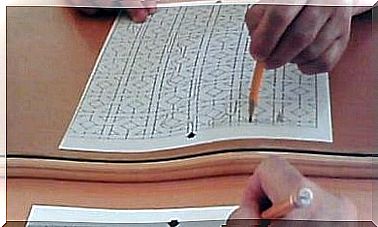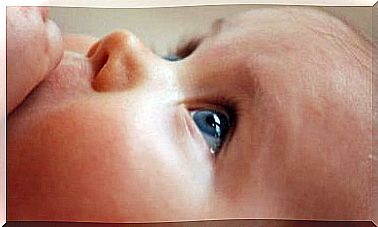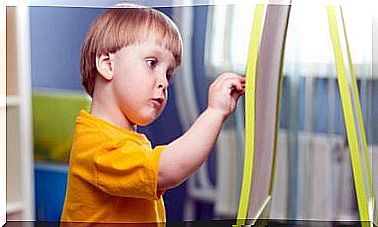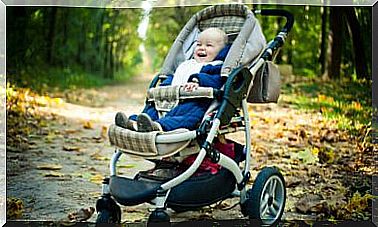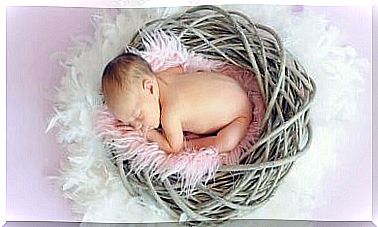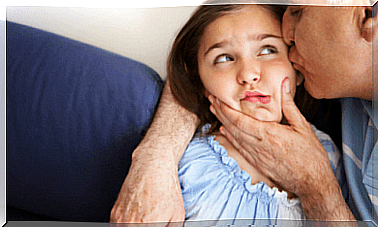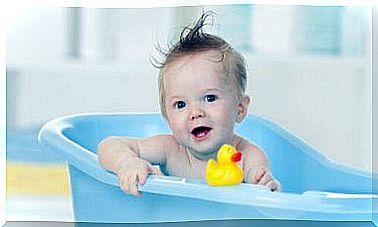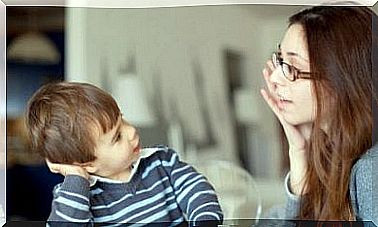Practical Exercises To Teach Your Child To Speak
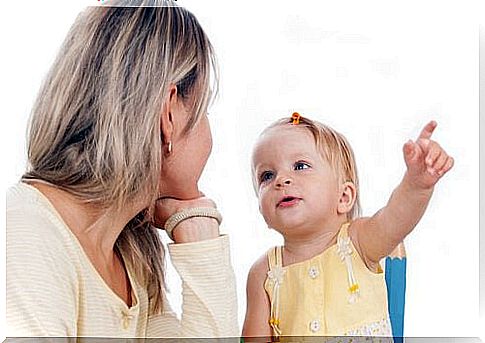
During the first months of a baby’s life, when they can’t yet speak, crying replaces all other forms of expression. We parents eagerly await our child’s first words. You can make an expectation shorter by being smart and doing hands-on exercises to help your child learn to speak.
Encouraging a child to learn to speak is relatively simple, but not everyone knows what exercises we can do at home to help him or her along the way.
Here we look at some useful exercises recommended for 6-36 month olds that bring babies closer to the moment they start to form words.
Teach your child to speak with these hands-on exercises
“How to promote language learning?” is a question asked by many of us. Parents and professionals, childcare professionals and teachers are all committed to teaching babies to speak effectively .
To encourage your baby to speak, it is a good idea to have some background knowledge of the activities necessary for language learning. These are simple enough to implement at home.
So in this article, we will share some of the easiest exercises to reach this emotional but very important milestone.
Exercise 1: Reading stories
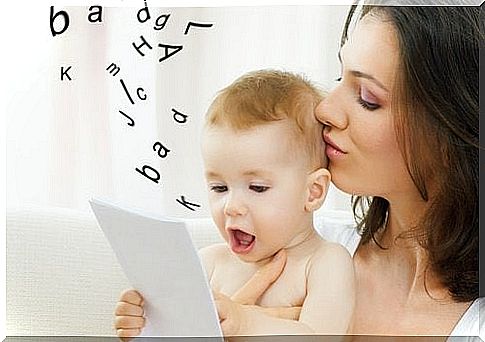
Stories aimed at children are easy to understand and stimulate their emotional abilities. Choose stories that are appropriate for your age group.
To develop your child’s ability to speak as he or she reads stories, ask him or her to point to an object in the book. Your child will get used to listening to you as you tell the story, but you can put the book in his or her hands so he or she can “read” it.
Second exercise: puppet show
This fun exercise will get the kids interested in the characters and the dialogue. Hand puppets and puppet dolls for children are good teachers. You can encourage your child to talk to them, describe them, or answer their questions.
You can build a theater out of objects and props that serve as symbols to provoke conversation. Camouflage and dramatization are all part of the fun.
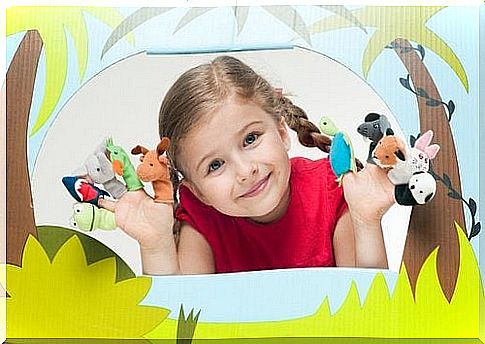
Third exercise: traditional games
Singing or dancing games in which a child interacts with an adult encourage speech learning. These activities usually involve rhymes, sentences, and sounds that the child should respond to or continue or perform depending on the play.
Exercise 4: children’s songs
These songs are meant to teach children, but they are especially irresistible to little ones. So songs are a great way to make learning fun.
These melodies are full of childhood vocabulary. They are simple, absurd and fun. Children should be encouraged to repeat them over and over again, first one byte at a time and then in longer pieces.
Exercise 5: pictures
To begin entering the abstract code known as “linguistic characters,” it is important that children begin to associate the images they see with the words that describe them.
For this reason, we can start by showing them photographs, drawings, and all sorts of images so that they can get the semantic and dialectical information associated with them. The child can describe the images they see to create new concepts and acquire new vocabulary.
What is the recommended age to start these exercises?
It’s normal for little ones to start showing signs of understanding from about the age of six months – by smiling, paying attention when they’re being talked to, and producing their first voices. At this age, it is good to start appropriate exercises to stimulate their speech.
At the age of 9-18 months, the baby is already able to react in several syllables. They point their hand at what they want, express acceptance or rejection, and already know the names of many different things and people. They also begin to use gestures for their own meanings.
From the second year onwards, they use whole words and show that they know the meanings of these. This is a good time to use those exercises designed to encourage children to talk.
At the age of 36 months, children can participate in all of the exercises described above, although some of them may cause them more difficulty than others. If children are unable to perform any of the above exercises, it is best to consult an expert.
